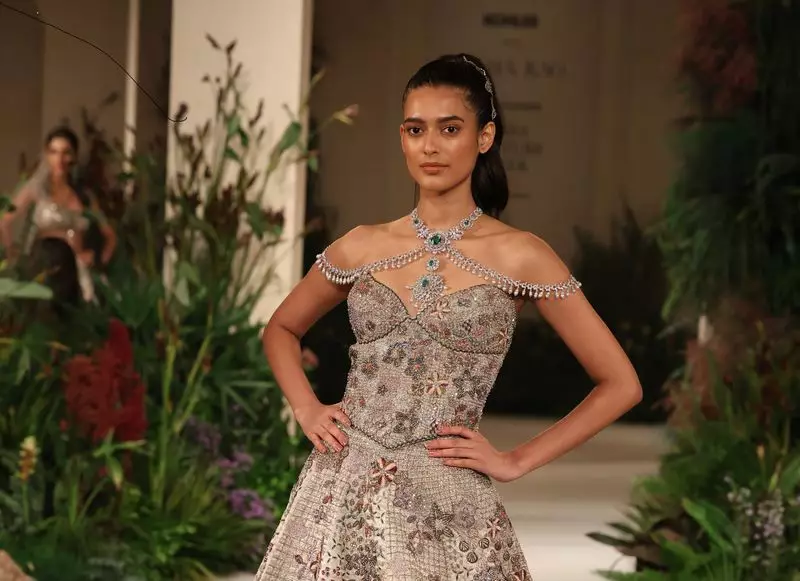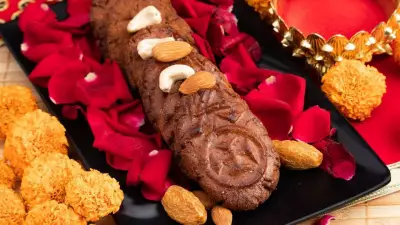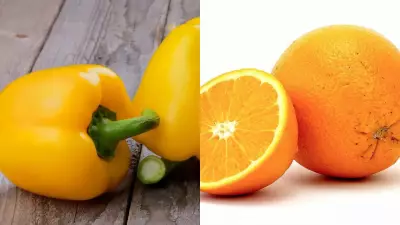
The traditional floral motif, once synonymous with Indian fashion, is undergoing a radical transformation. Designers across the country are rewriting the floral script, moving beyond conventional rose and lotus patterns to create contemporary interpretations that resonate with modern consumers.
The Digital Revolution in Floral Design
Technology is playing a crucial role in this floral renaissance. Indian designers are leveraging advanced software and digital printing techniques to create intricate patterns that were previously impossible to achieve. From hyper-realistic botanical illustrations to abstract geometric florals, the digital canvas has become a playground for innovation.
Sustainability Blooms in Floral Fashion
Eco-conscious practices are reshaping how floral patterns are created and applied. Designers are increasingly turning to:
- Natural dyes derived from flowers and plants
- Zero-waste pattern cutting techniques
- Upcycled materials featuring floral elements
- Biodegradable fabrics with eco-friendly prints
Cultural Fusion in Contemporary Florals
Indian designers are blending traditional floral motifs with global influences, creating unique hybrid styles. Mughal-inspired florals merge with Scandinavian minimalism, while traditional Phulkari work incorporates contemporary color palettes. This cultural cross-pollination is resulting in truly distinctive designs that appeal to both domestic and international markets.
The Business of Blossoms: Market Impact
The evolution of floral designs is driving significant changes in the fashion market. Consumers are showing increased appetite for unique, story-driven floral patterns rather than mass-produced designs. This shift has encouraged smaller designers and artisans to innovate, knowing there's growing market acceptance for their creative interpretations.
As Indian fashion continues to evolve, the humble floral motif stands transformed—no longer just a decorative element, but a powerful medium for artistic expression, cultural commentary, and sustainable innovation.





